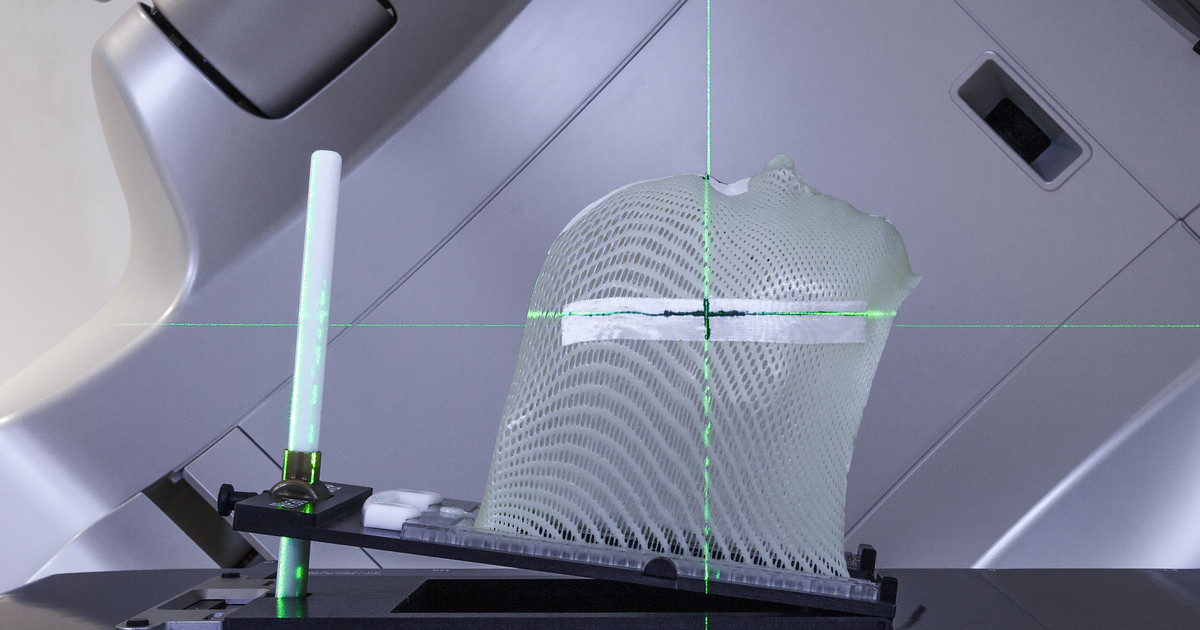Excellent Treatment Options For Brain Tumors
Brain tumors can be cancerous or benign. They can be primary, meaning they originated in the brain, or metastatic, meaning cancer elsewhere in the body caused the tumor to grow. As of 2018, doctors and scientists have documented over 150 brain tumor types. The most common are gliomas, which are responsible for approximately seventy-eight percent of adult cancerous brain tumors. No matter the tumor type, there are treatment options patients and their doctors can explore. Knowing more about these helps ensure patients are informed about the treatments doctors recommend to them.
Surgery

Surgery may be considered to debulk a tumor or remove it completely. Traditionally, surgeons will perform a craniotomy, which involves opening the skull, to access the part of the brain where the tumor is present. Another option is a stereostatic biopsy, which is a smaller surgical procedure involving drilling a hole into the skull that allows the surgeon to take some tissue for the tumor.
This can be done to obtain more information about the tumor. The patient may be awake during the procedures depending on the tumor size and its location, which is important because it allows surgical staff to test the patient’s speech, reflexes, and other abilities to make sure parts of the brain are not being affected by the tumor removal.
Radiation Therapy

Radiation therapy, which involves using photons or X-rays to kill tumor cells, is commonly considered for brain tumors. The radiation is typically focused on the area of the brain where the tumor resides. Doctors might recommend external beam radiation for a focused treatment approach, though another option is whole-brain radiation.
This is most often used for brain tumors that occur as a result of cancer elsewhere in the body. For this type, the entire brain receives radiation. Proton beam radiation is a relatively new technique being studied for brain tumors, and it might be beneficial for tumors located in sensitive brain areas. The hope is it will kill the cancer cells without causing the patient to experience harsh side effects.
Targeted Therapy

Targeted therapy involves drug treatments that focus on specific cancer cell abnormalities. The purpose is to block the abnormalities so the cancer cells are no longer able to survive. Unfortunately, not all brain tumors can be treated with targeted therapy, and for the treatments to work, the abnormalities that respond to targeted medication must be present within the cancer cells.
The drugs used can be administered in numerous ways, such as intravenous infusion, oral medicines, and injectable drugs. Before administering this type of therapy, the doctor will test the cancer cells to see which abnormalities are present. From here, they will discuss the available drug options.
Chemotherapy

Chemotherapy involves using different medicines to kill cancer cells. These drugs are administered in multiple ways, from intravenous infusions to oral medications. Brain tumors are most often treated with the oral drug known as temozolomide.
However, there are numerous other options doctors and their patients may discuss, and when receiving chemotherapy, other medicines may be added to create a regimen. The additional drugs may focus on treating the tumor or alleviating the symptoms of the tumor. The doctor will first test the tumor cells to see which chemotherapy medicines it may respond to.
Alternating Electric Field Therapy

Alternating electric field therapy can disrupt the ability for tumor cells to spread and grow. This is a treatment option that may help individuals who have a glioblastoma. Alternating electric field therapy can be used alone or following surgical intervention, and in some cases, it is used along with radiation or chemotherapeutic drugs.
For some patients, doctors consider this treatment before chemotherapeutic drugs because it tends to cause fewer side effects. In alternating electric field therapy, the head is shaved so the electrodes will sit on the scalp. Mild electrical currents are generated to affect the tumor cells, and it is believed these currents will not negatively impact healthy cells.
